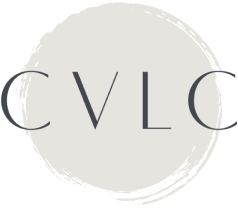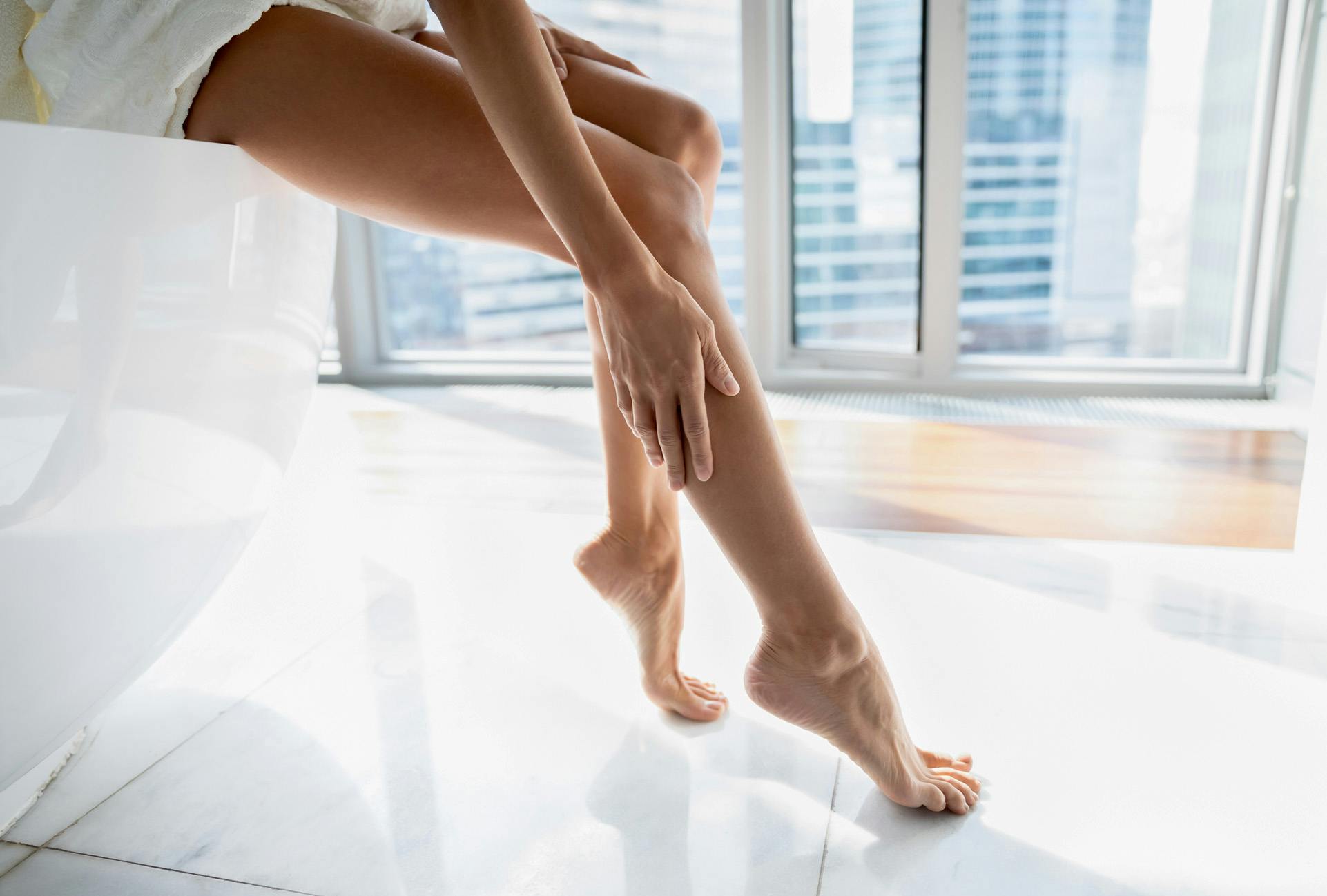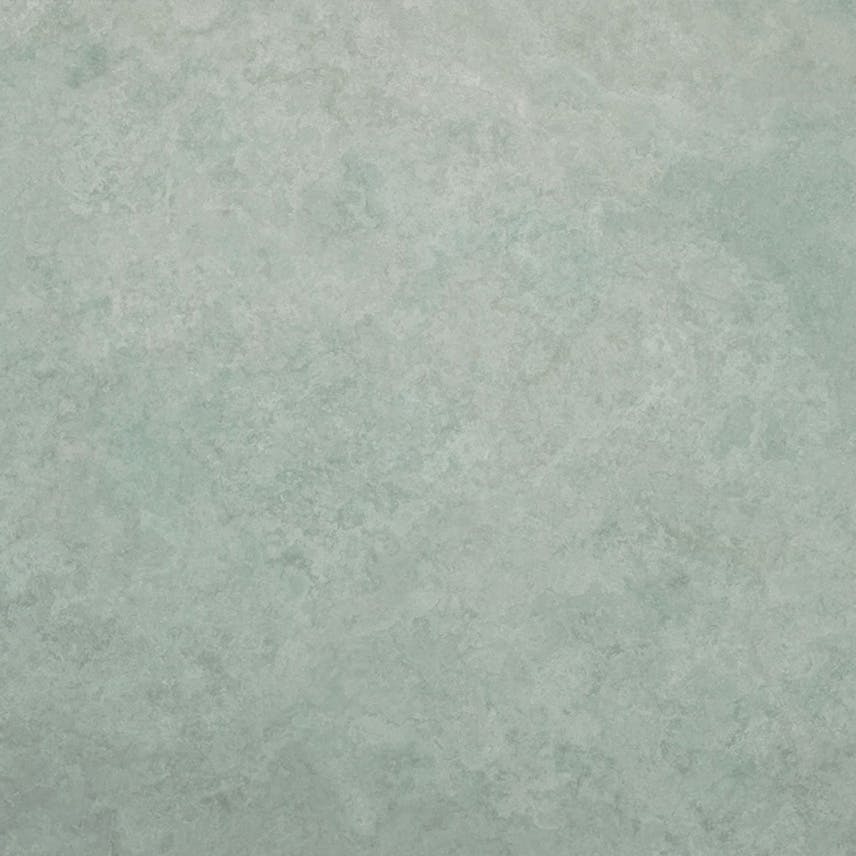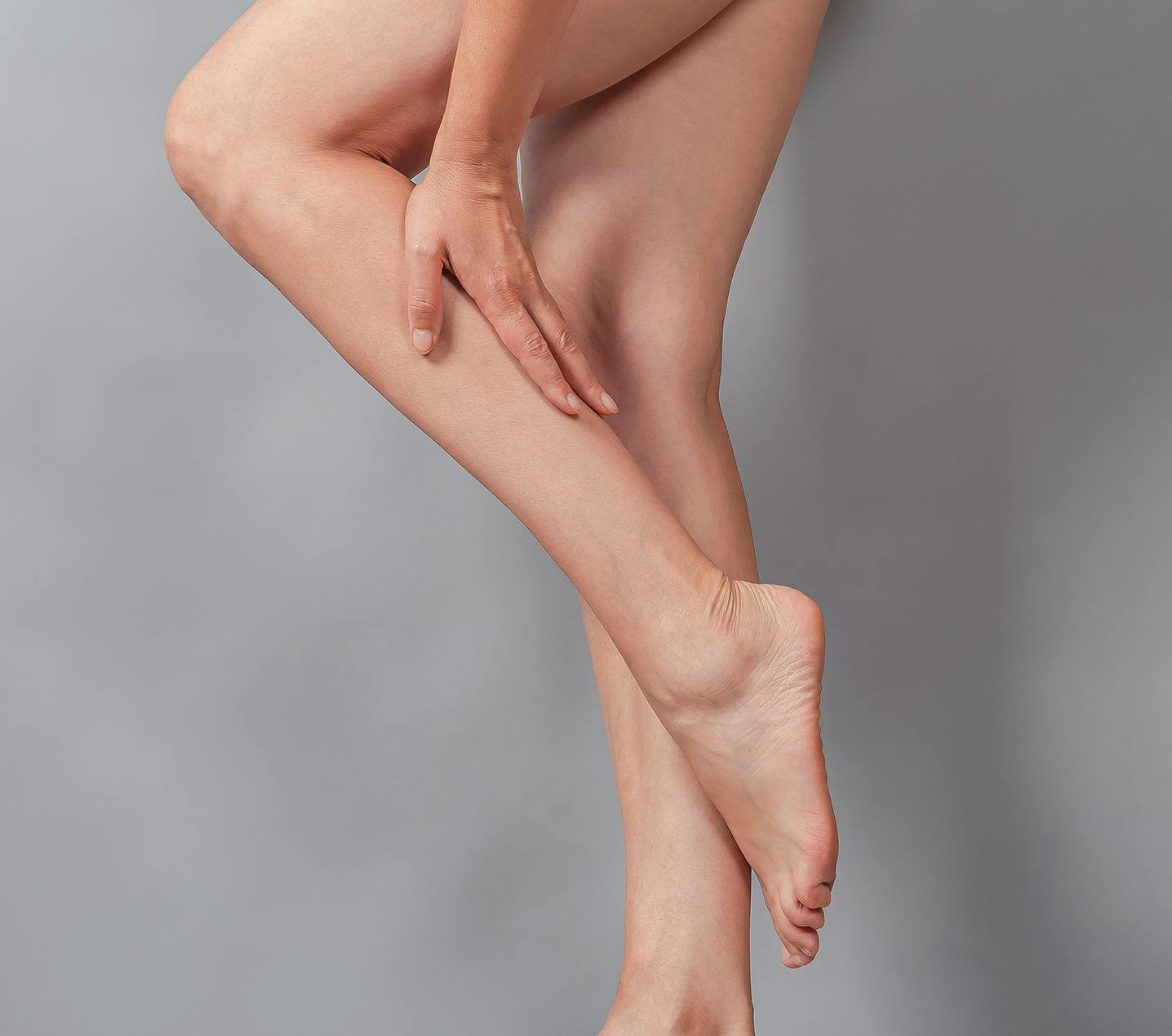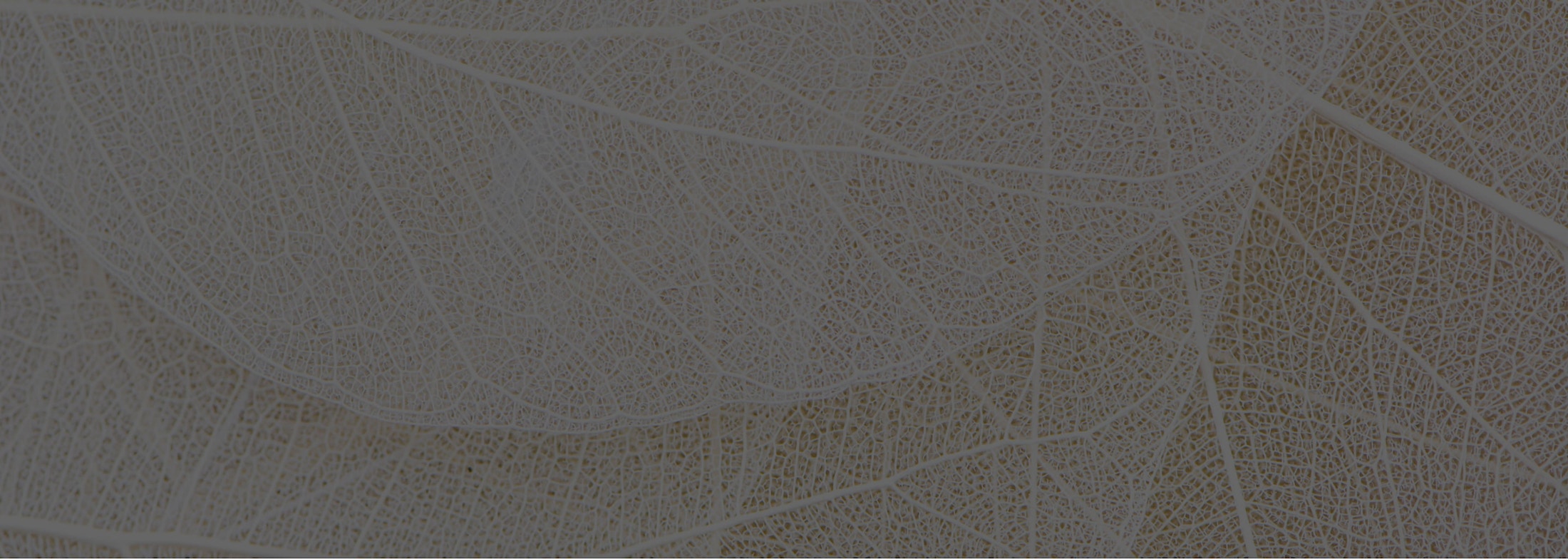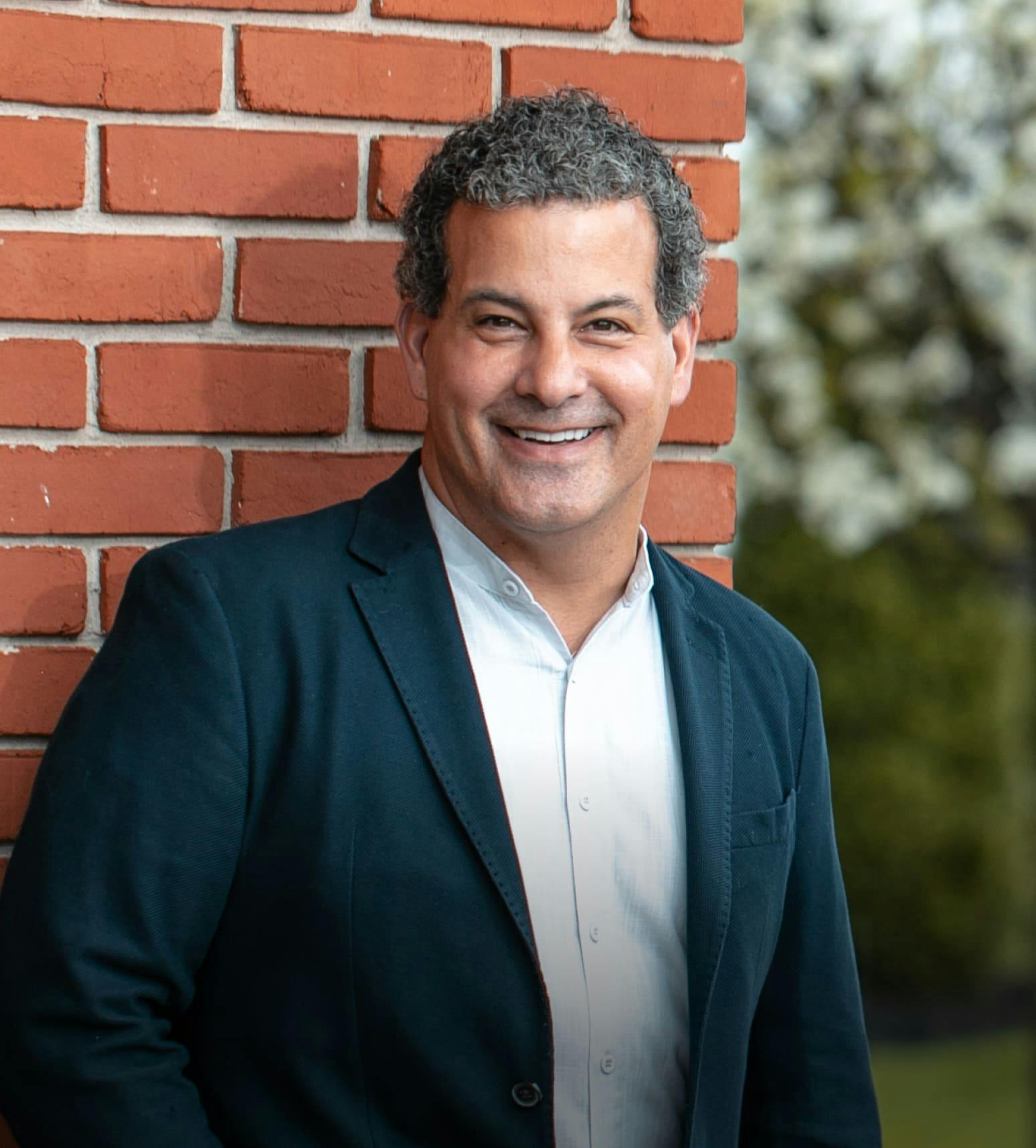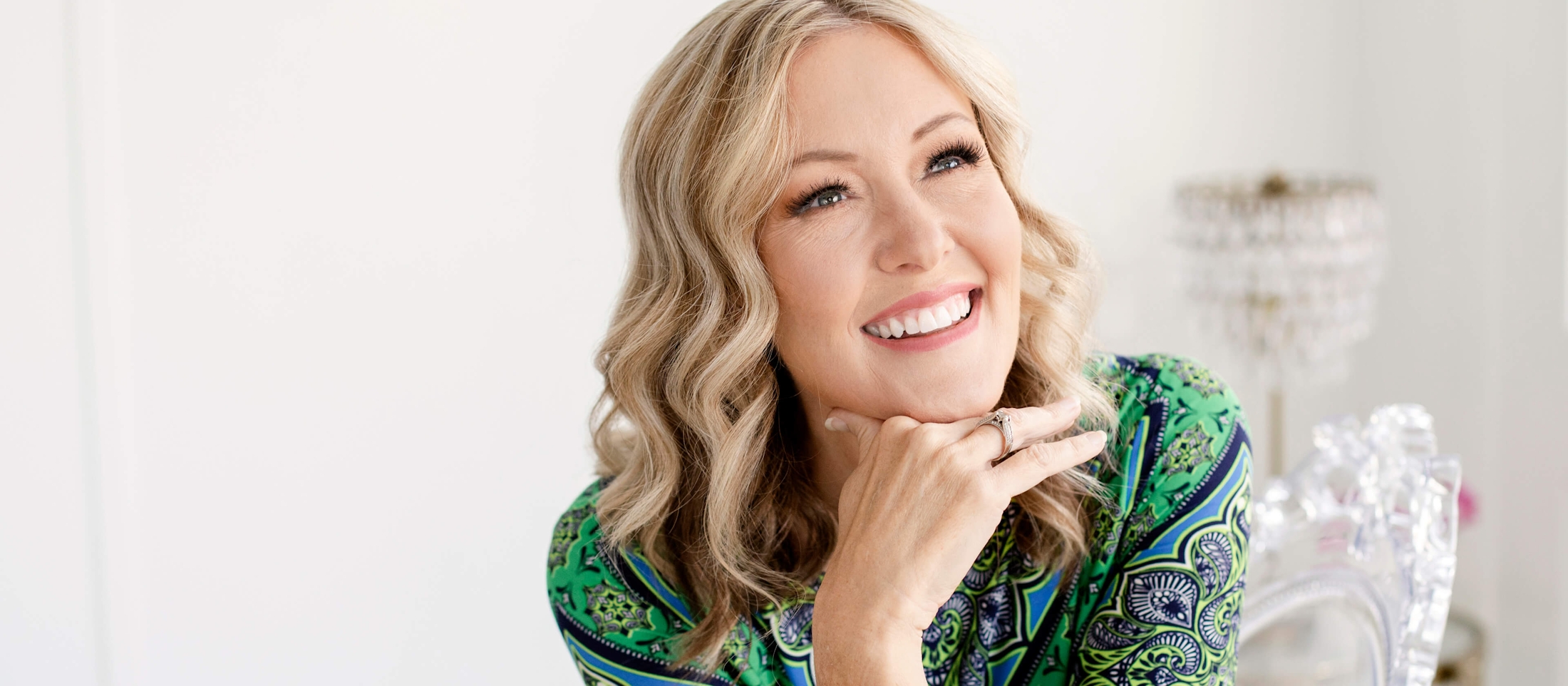It is estimated that more than 80 million Americans have some type of vein problem.
What Are Spider Veins?
Spider veins are small red, blue, and purple veins that commonly appear on the surface of the legs. At least one-third of women are troubled by this common problem. People often seek treatment for spider veins because of cosmetic concerns. However, there can be associated symptoms due to underlying varicose vein problems. A thorough examination should be performed prior to treatment and may require a non-invasive ultrasound evaluation to determine if any underlying problem exists.
